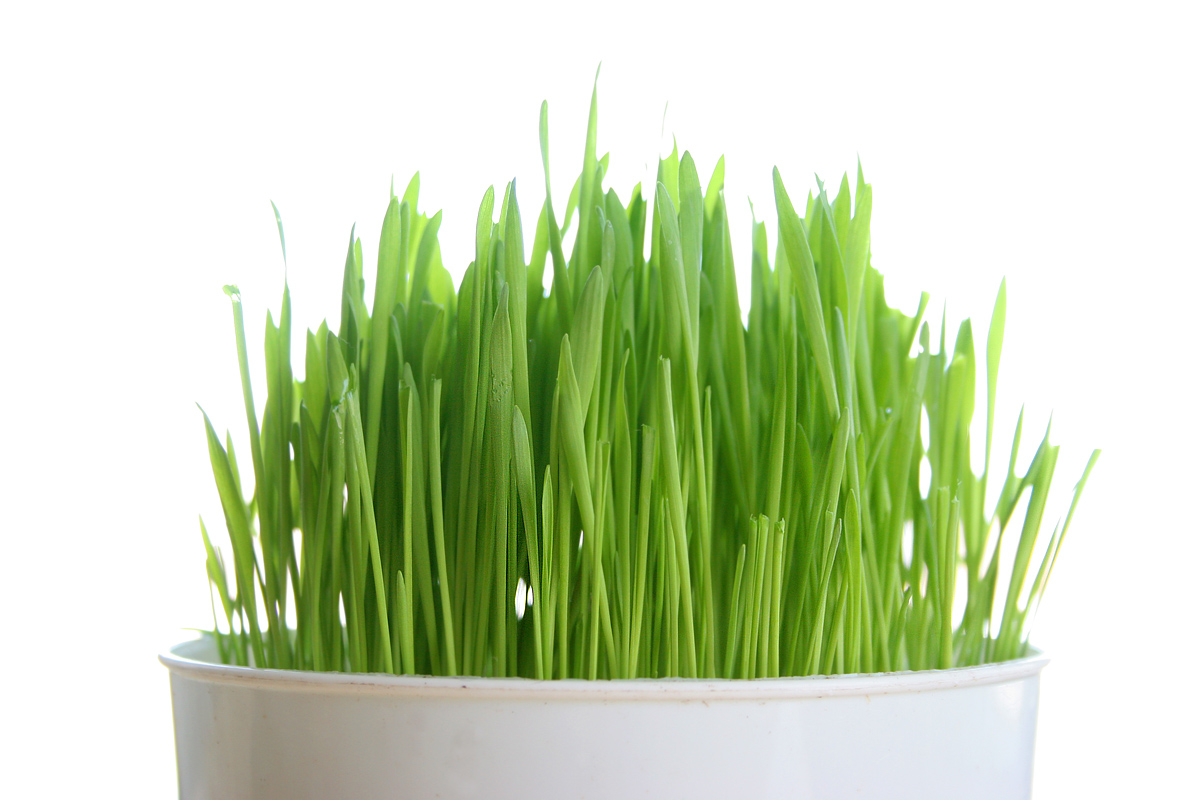
Health Benefits:
Aids in digestion
Aids in red blood cell formation
Anti fungal
Fights asthma
Fights migraines
May reduce nausea
May reduce stress
Provides energy
Relieves PMS
Relieves constipation
Nutrition:
Serving size: 3g; Calories: 15; Fat: 0g; Cholesterol: 0mg; Sodium: 0mg; Carbs: 2g; Fiber: 1g; Sugars: 0g; Protein: 1g; Potassium: 0% DV; Vitamin A: 30%DV; Vitamin C: 12%DV; Calcium: 1%DV; Iron: 44%DV
Did You Know?
- Ann Wigmore re-discovered the health benefits of wheatgrass in the 1970s, but it was Dr. Charles Schnabel who was first to discover them 1925
- Wheatgrass is harvested when the grass is at its nutritional peak and has an extremely high concentration of vitamins, minerals, amino acids, antioxidants, living enzymes, chlorophyll and phytonutrients that can’t be found in the mature wheat plant
- Wheatgrass is able to accelerate the healing process of sunburn. Dab wheatgrass juice to the skin with a cotton ball and let it sit for a few minutes before rinsing and patting dry with a towel.
Ways to Eat:
- Brewed
- Juiced
Farming Trivia:
- Wheatgrass a member of the cereal grass family, which also includes barely grass, oat grass and rye grass
- Wheatgrass juice contains up to 70% chlorophyll, which is an important blood builder
Note: Always consult a physician for any specific health questions and concerns. Some of this information may be subject to change should there be any new findings from Federal Health Administration (FHA), Food & Drug Administration (FDA), American Medical Association (AMA), American Cancer Society (ACS), and / or other leading food, nutrition and medical advisors.

